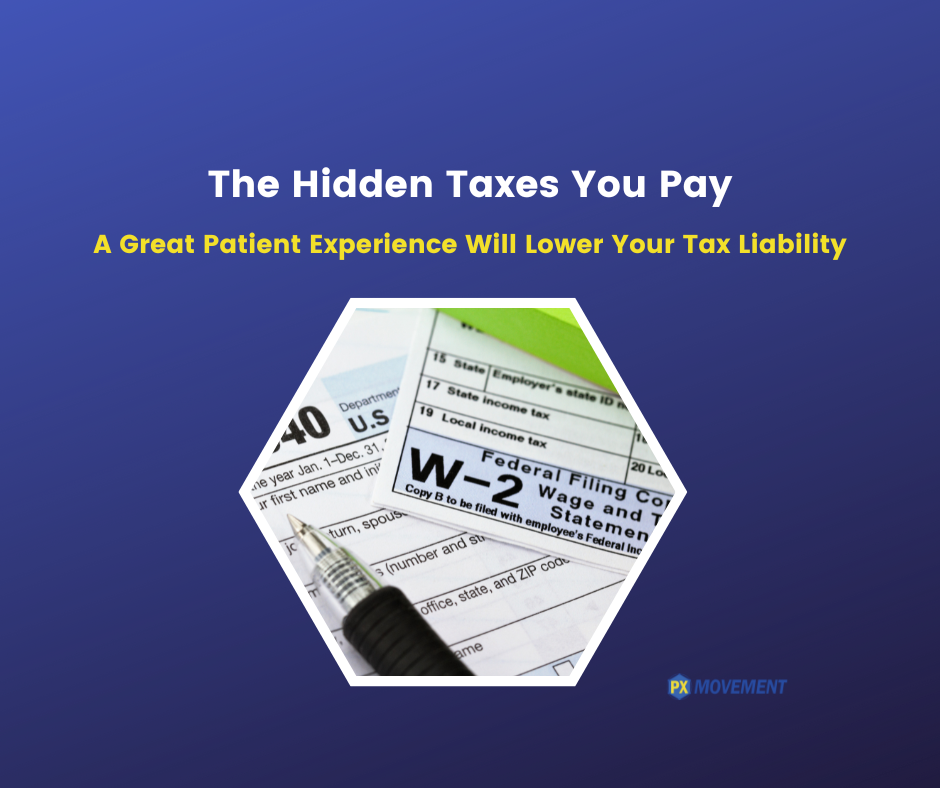It’s tax season. Yay! But there’s a tax most practices pay that’s hidden because we don’t call it a tax. I’m referring to the cost of marketing and specifically paid advertising.
Many of you remember The Geek Squad, a novel computer repair service that was so successful, it was acquired by electronics retailer Best Buy. Geek Squad founder Robert Stephens successfully differentiated their computer repair offering by making the entire encounter memorable. He hired techies to be Geeks who dressed the part (thin black ties, white short-sleeve button-down shirts), drove Geekmobiles, and acted like 1960s police detectives when they arrived at your home or office to take a look at your broken computer.
Stephens had no money for advertising and marketing. Everything they did acted as a way to promote their company so people would remember them. It’s a great example of using customer experience layered on top of the core service.
One of his famous quotes is, “Advertising is the price you pay for being unremarkable.” He’s right, of course, although we don’t want to admit it. Money spent on advertising and marketing is in effect a tax. We measure it as a percent of revenue and accept that it’s simply the cost of doing business.
All of this came to mind recently when world-renowned refractive surgeon Arthur Cummings mentioned my book in his just-published article, The Tax Analogy. It’s a quick read, and he shares an update to the Geek Squad quote from my colleague Matt Jensen.
As you finish your own taxes this season, it may be time to realize that you have a choice and can reduce your tax liability when it comes to marketing and advertising. Investing those resources in an improved patient experience pays short-term dividends (word-of-mouth) and long-term dividends regarding enhanced reputation and true differentiation from other practices. That’s what it means to be a PX-centric practice!

